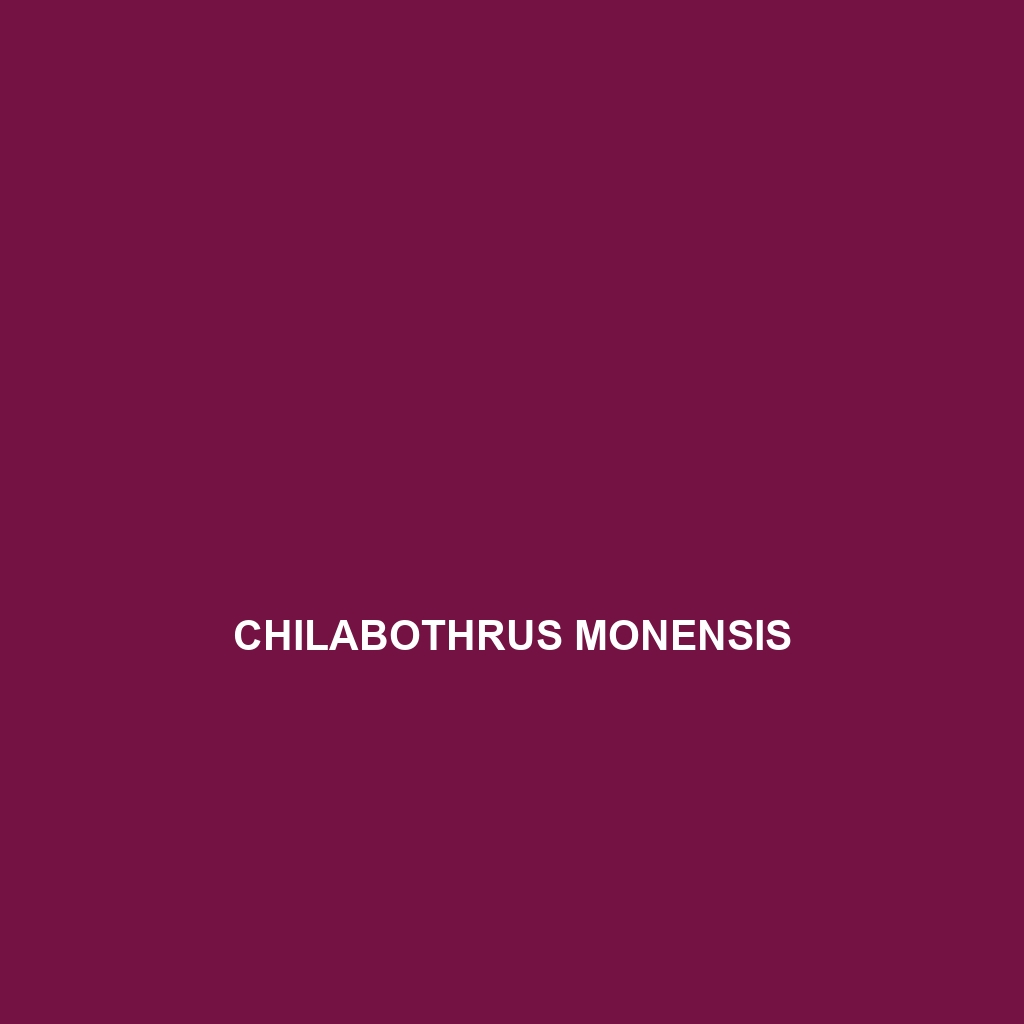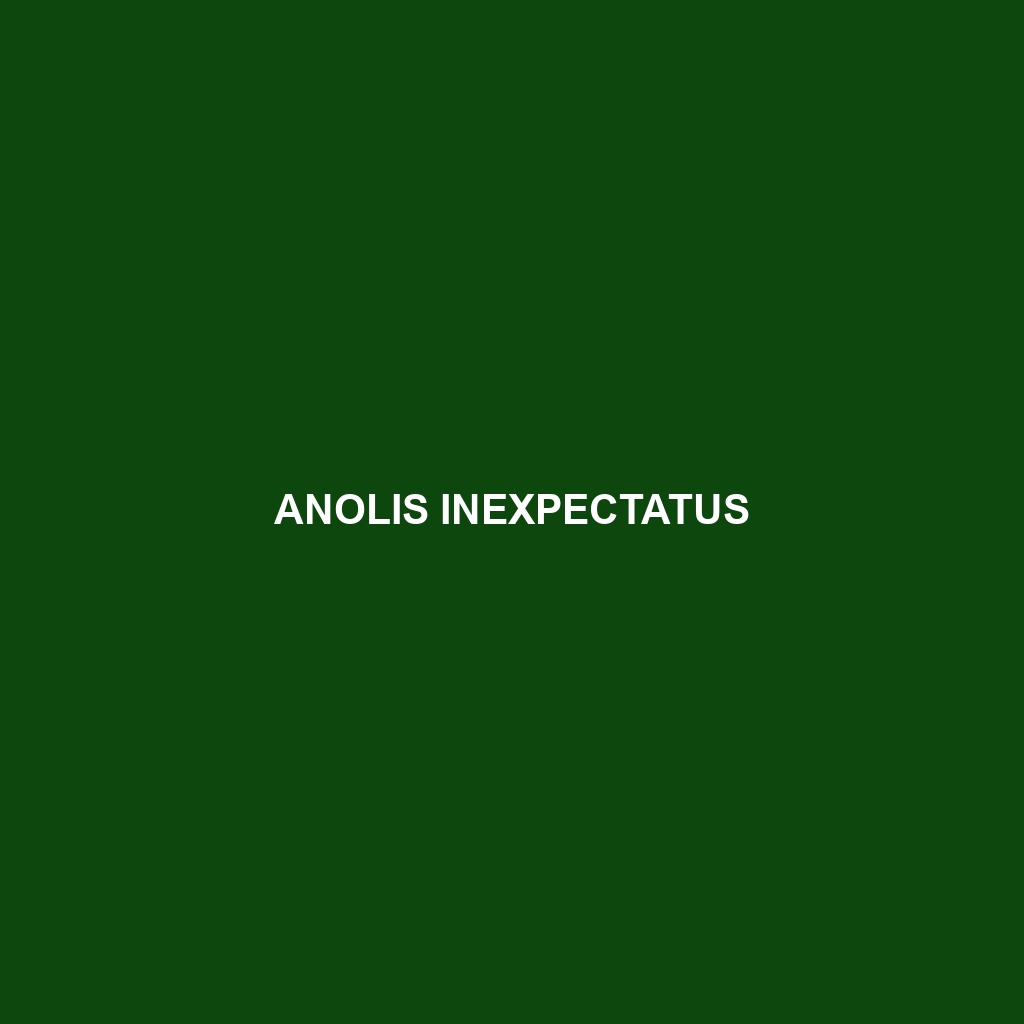The Haitiophis anomalus, a striking snake native to the rainforests of Haiti and the Dominican Republic, measures 1 to 1.5 meters in length and is known for its vibrant green and brown coloration, unique dark bands, and nocturnal hunting behavior. This carnivorous species plays a vital role in its ecosystem, helping control populations of small mammals and insects while facing threats from habitat destruction and climate change.
Tag: biodiversity in Hispaniola
Chilabothrus inornatus
Chilabothrus inornatus, or the Hispaniolan boa, is a nocturnal snake found in the Caribbean, well-known for its impressive climbing abilities and distinctive brown and gray patterns. This vulnerable species plays a vital role in controlling small mammal populations and reproduces by giving birth to live young, with a typical litters ranging from 5 to 20.
Anolis pseudokemptoni
<div class="woocommerce-product-details__short-description"> <p>The <i>Anolis pseudokemptoni</i>, or pseudokemptons anole, is a vibrant Caribbean lizard known for its agile climbing, distinctive coloration, and diurnal behavior. This vulnerable species plays a crucial role in its ecosystem as an insectivorous predator, helping to maintain pest populations in its tropical rainforest habitat.</p> </div>
Anolis princeps
The Anolis princeps, or Prince anole, is a moderate-sized lizard native to the tropical forests of Hispaniola, characterized by its vibrant coloration, elongated body, and distinctive dewlap. An adaptable climber with a diet primarily consisting of insects, it plays a crucial role in its ecosystem while facing threats from habitat loss and degradation.
Anolis inexpectatus
<p><strong>Anolis inexpectatus</strong>, a vibrant lizard native to the Caribbean, particularly Hispaniola, thrives in tropical rainforests and cloud forests. This medium-sized insectivorous species is known for its striking color variations and dynamic territorial displays, making it a fascinating example of adaptability in its ecosystem.</p>




